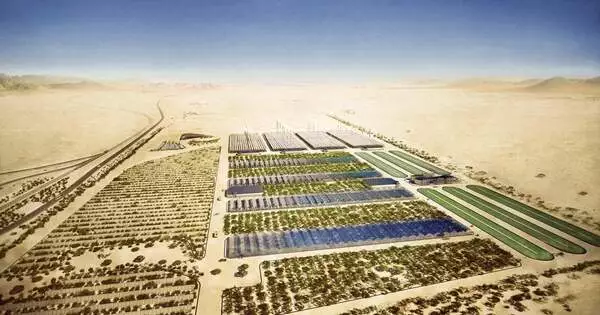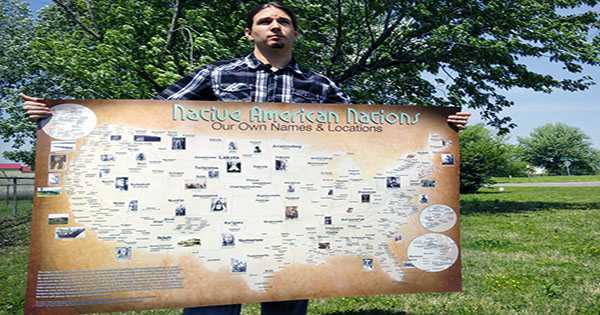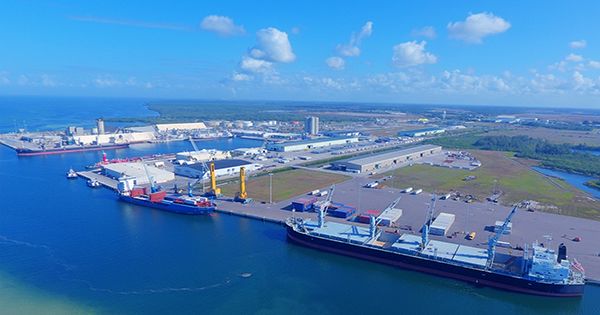Desert greening refers to the process of transforming deserts into areas with more vegetation and improved ecological health. This is typically achieved through a combination of techniques such as irrigation, soil improvement, planting of drought-resistant plants, and management of natural resources. The goal of desert greening is to create a more sustainable and livable environment for both wildlife and human populations, and to combat the effects of desertification, which is the degradation of land in arid and semi-arid regions.
Desert greening is the process of reclaiming deserts for ecological reasons (biodiversity), farming, and forestry, but also for the reclamation of natural water systems and other ecological systems that support life. The term “desert greening” refers to both cold and hot arid and semi-arid deserts (as defined by the Köppen climate classification system). It does not apply to areas with ice caps or permafrost. Desert greening has the potential to contribute to the resolution of global water, energy, and food crises. It covers approximately 32 million square kilometers of land.
Benefits
Desert greening can have many benefits, including reducing the amount of carbon dioxide in the atmosphere, improving the soil fertility, and providing habitat for wildlife. Additionally, it can also help to improve the livelihoods of local communities by providing wood and non-timber forest products, as well as opportunities for tourism.
This can be achieved through various methods, such as planting trees, shrubs, and other vegetation, implementing sustainable land use practices, such as conservation agriculture and agroforestry, and improving water management to increase the water supply for plants. However, it is important to note that desert greening is a complex process that requires careful planning and management, as well as the involvement of local communities. The success of desert greening projects depends on factors such as the type of vegetation being planted, the availability of water, and the ability to manage competing demands for resources.
Desert greening can also provide benefits such as increased food security, improved air and water quality, and greater biodiversity. However, it can also be challenging, as the harsh conditions of deserts require special planning and management in order to be successful. Additionally, there can be trade-offs between the benefits of greening and the potential impacts on local communities and ecosystems, so it’s important to approach desert greening with a careful and sustainable approach.
















